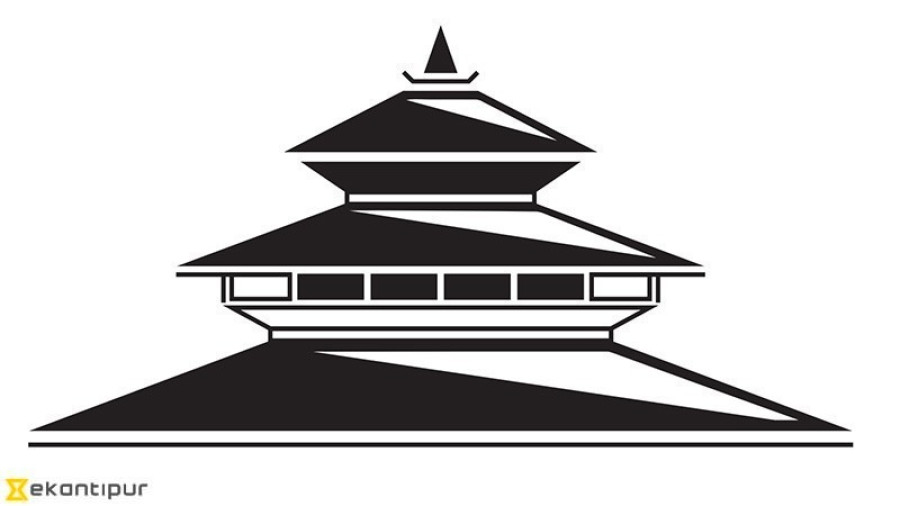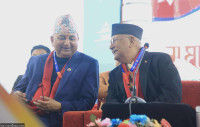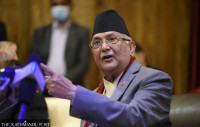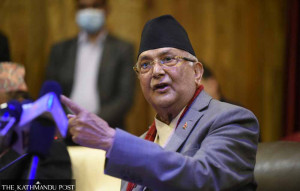Editorial
Beyond rituals
Govt should depart from ritualistic practice of framing short-term plans
The National Planning Commission (NPC), the apex body that frames the country’s development plans and policies, is all set to finalise the 14th Three-Year Plan. The periodic plan will guide all developmental works in the country for a three-year period (2016-17 to 2018-19). In other words, the plan will be a blueprint for all government agencies that are engaged in works related to socio-economic development.
The history of planned economic development in Nepal dates back to 1956 when the first Five-Year plan was introduced. Since then, the government has implemented eight five-year plans and four three-year plans.
Of the four three-year plans rolled out so far, three were introduced since the fiscal year 2007-08, signalling the government’s inclination towards short-term plans, which are generally ad-hoc in nature. To buck this trend, the then NPC team led by Vice-Chairman Govind Raj Pokharel had decided to frame five- or seven-year plans. A longer-term plan, Pokharel’s team deemed, would be catalytic in helping the government achieve its ambitious plan of graduating to the league of developing countries by 2022.
But before the team’s plan could materialise, there was a change in government, following which NPC board members resigned en-masse. The new Oli-led government then appointed Yubaraj Khatiwada as NPC’s vice chair. Khatiwada abandoned the previous team’s proposal and decided to give continuity to the practice of framing a three-year plan.
Although Khatiwada also had to leave the office before finalising the periodic plan—because of a change in government—his team had enough time to frame the approach paper on the 14th Plan, which had laid out vision, goals, strategies and working policies. The new NPC team led by Vice Chairman Min Bahadur Shrestha will soon finalise the plan based on the concept paper prepared by Khatiwada’s team, citing targets laid in it are attainable.
So the country is about to see formal implementation of another three-year plan. Lately, the NPC has been citing political transition to frame three-year plans. But these short-term plans appear more like a compilation of tasks that ministries need to implement rather than a coherent development policy, which is required to fuel inclusive growth, share prosperity and improve living standard.
Today, the government has set targets of graduating from the grouping of least developed countries by 2022 and transforming Nepal into a mid-income country by 2030. These are ambitious goals and they cannot be attained unless various structural problems, such as inequitable access to productive means and resources, and failure to ensure good governance, are fixed.
This implies a mere checklist of programmes for different ministries, as laid in the three-year plan, will not be sufficient to make the country prosperous. So the government should make a departure from ritualistic practice of framing short-term plans and come up with comprehensive long-term plans that can truly change the country’s future.




 12.12°C Kathmandu
12.12°C Kathmandu














